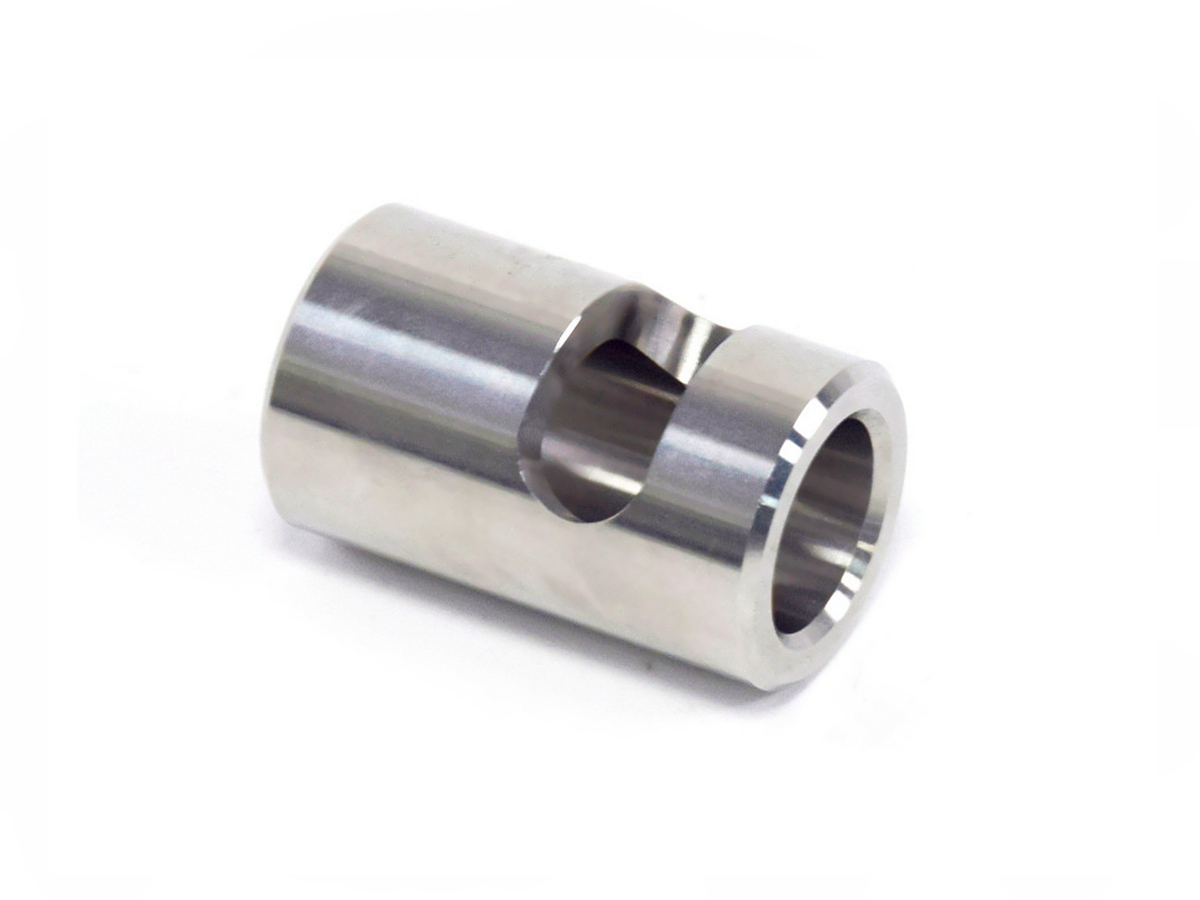Advanced Stainless Steel CNC Machining for Heat Exchanger Components
Introduction to Advanced Stainless Steel CNC Machining for Heat Exchanger Components
Heat exchangers play a critical role in energy transfer across industries, requiring components that can handle high-pressure, high-temperature environments while resisting corrosion. Advanced stainless steel CNC machining provides the precision and durability necessary for manufacturing heat exchanger components. Stainless steel alloys, such as 304, 316, and duplex stainless steels, are commonly used in heat exchangers due to their excellent thermal conductivity, corrosion resistance, and mechanical strength.
CNC machining of stainless steel allows manufacturers to produce complex, high-precision parts for heat exchangers, such as tube sheets, flanges, baffles, and headers. These components ensure the effective transfer of heat while maintaining the integrity and longevity of the system, even in demanding thermal and mechanical conditions.
Material Performance Comparison for Stainless Steel Parts in Heat Exchanger Applications
Material | Tensile Strength (MPa) | Thermal Conductivity (W/m·K) | Machinability | Corrosion Resistance | Typical Applications | Advantages |
|---|---|---|---|---|---|---|
520 | 16.2 | Good | Excellent | Tube sheets, structural parts | High corrosion resistance, good thermal conductivity | |
620 | 16.3 | Fair | Superior | Heat exchangers, valves | Excellent corrosion resistance, especially in marine environments | |
800 | 14.5 | Moderate | Excellent | Pressure vessels, heat exchangers | High strength, excellent resistance to stress corrosion cracking | |
485 | 16.2 | Good | Excellent | Heat exchanger tubes, structural components | Low carbon content, better weldability |
Material Selection Strategy for Stainless Steel Parts in Heat Exchanger Systems
304 Stainless Steel is a widely used alloy with a tensile strength of 520 MPa and good thermal conductivity (16.2 W/m·K). It is perfect for manufacturing heat exchanger components like tube sheets and structural parts that require high corrosion resistance and reliable performance under moderate temperatures.
316 Stainless Steel provides superior corrosion resistance, especially in marine and aggressive chemical environments. With a tensile strength of 620 MPa, this alloy is well-suited for heat exchanger parts exposed to harsh chemicals or seawater, such as valves and heat exchanger tubes.
Duplex Stainless Steel offers high strength (800 MPa) and excellent resistance to stress corrosion cracking, making it ideal for high-pressure and high-temperature applications in heat exchangers. This alloy is commonly used in pressure vessels and other critical heat exchanger components that require both strength and resistance to corrosion.
304L Stainless Steel has a lower carbon content, making it more suitable for welding applications. With a tensile strength of 485 MPa, it is ideal for heat exchanger tubes and structural components, offering excellent weldability and corrosion resistance in various environments.
CNC Machining Processes for Stainless Steel Parts in Heat Exchanger Applications
CNC Machining Process | Dimensional Accuracy (mm) | Surface Roughness (Ra μm) | Typical Applications | Key Advantages |
|---|---|---|---|---|
±0.005 | 0.2-0.8 | Tube sheets, baffles, structural parts | Complex geometries, high precision | |
±0.005-0.01 | 0.4-1.2 | Cylindrical components heat exchanger tubes | Excellent rotational accuracy | |
±0.01-0.02 | 0.8-1.6 | Mounting holes, flanges | Accurate hole placement | |
±0.002-0.005 | 0.1-0.4 | Sealing components, tube sheets | Superior surface smoothness |
CNC Process Selection Strategy for Stainless Steel Parts
5-Axis CNC Milling is ideal for creating complex stainless steel components such as tube sheets, baffles, and structural parts for heat exchangers. With tight tolerances (±0.005 mm) and fine surface finishes (Ra ≤0.8 µm), this process ensures high precision and the ability to produce intricate geometries that are critical in heat exchanger systems.
Precision CNC Turning ensures excellent rotational accuracy (±0.005 mm) for cylindrical components like heat exchanger tubes and shafts. This process produces smooth, uniform parts that are essential for ensuring proper functionality and longevity in heat exchanger systems.
CNC Drilling guarantees precise hole placement (±0.01 mm), which is critical for creating mounting holes and precision ports in stainless steel heat exchanger components. This process ensures proper alignment and functionality in complex assemblies.
CNC Grinding is used to achieve exceptionally fine surface finishes (Ra ≤0.4 µm) on stainless steel parts, ensuring that sealing components and other parts that come into contact with fluids have smooth, high-quality surfaces that ensure effective heat transfer and minimal leakage.
Surface Treatment for Stainless Steel Heat Exchanger Parts
Treatment Method | Surface Roughness (Ra μm) | Corrosion Resistance | Hardness (HV) | Applications |
|---|---|---|---|---|
0.1-0.4 | Superior (>1000 hrs ASTM B117) | N/A | Heat exchanger tubes, valves | |
0.2-0.8 | Excellent (>1000 hrs ASTM B117) | N/A | Pressure vessels, high-temperature seals | |
0.2-0.6 | Excellent (>800 hrs ASTM B117) | 1000-1200 | Stainless steel heat exchangers, tube sheets | |
0.2-0.6 | Superior (>1000 hrs ASTM B117) | 800-1000 | High-performance stainless steel components |
Typical Prototyping Methods
CNC Machining Prototyping: High-precision prototypes (±0.005 mm) for functional testing of stainless steel heat exchanger components.
Rapid Molding Prototyping: Fast and accurate prototyping for stainless steel parts like tube sheets and baffles.
3D Printing Prototyping: Quick-turnaround prototyping (±0.1 mm accuracy) for initial design validation of stainless steel components.
Quality Inspection Procedures
CMM Inspection (ISO 10360-2): Dimensional verification of stainless steel parts with tight tolerances.
Surface Roughness Test (ISO 4287): Ensures surface quality for precision components in heat exchanger applications.
Salt Spray Test (ASTM B117): Verifies corrosion resistance performance of stainless steel parts in harsh environments.
Visual Inspection (ISO 2859-1, AQL 1.0): Confirms aesthetic and functional quality of stainless steel components.
ISO 9001:2015 Documentation: Ensures traceability, consistency, and compliance with industry standards.
Industry Applications
Power Generation: Stainless steel heat exchangers, pressure vessels, tube sheets.
Aerospace: Turbine blades, structural components, heat exchangers.
Chemical Processing: Heat exchangers, pumps, valves.
FAQs:
Why is stainless steel used for heat exchanger components?
How does CNC machining improve the precision of stainless steel parts?
Which stainless steel alloys are most suitable for heat exchanger applications?
What surface treatments enhance the durability of stainless steel components?
What prototyping methods are best for stainless steel parts used in power generation?

